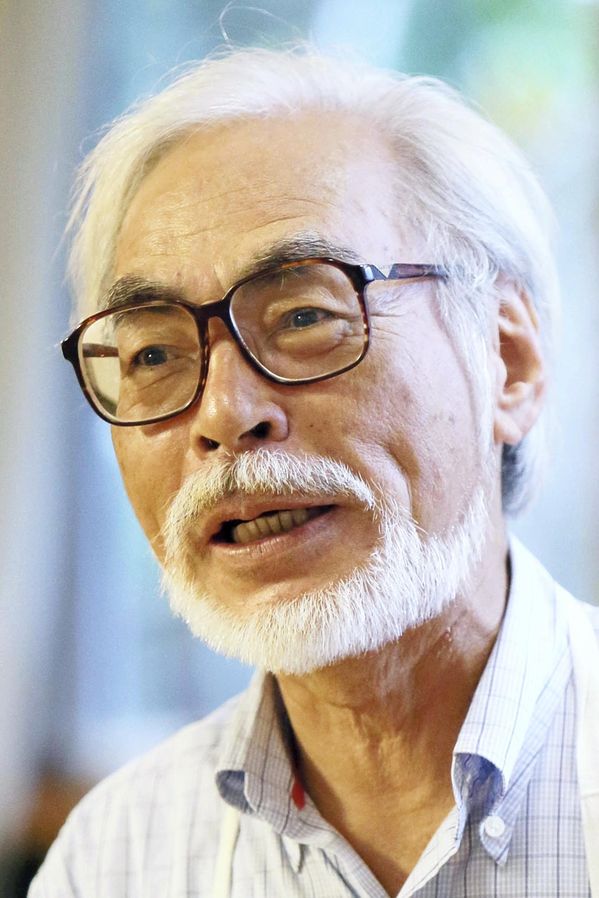 Influential anime maker and manga artist Miyazaki Hayao is to retire. His latest film The Wind Rises was released in July and the director has announced that it will be his final feature-length film. An appreciation of his career can be read on Wikipedia or here.
Influential anime maker and manga artist Miyazaki Hayao is to retire. His latest film The Wind Rises was released in July and the director has announced that it will be his final feature-length film. An appreciation of his career can be read on Wikipedia or here.
The film maker is of note here because of the many Shinto themes that appear in his works. Several online sites have dealt with the subject, including this thoughtful piece with references and useful illustrations (click on them to enlarge): http://culturevisuelle.org/introtovc/archives/727
There’s also an academic piece dealing specifically with Shinto themes in the film Spirited Away, which can be accessed at this site: http://www.unomaha.edu/jrf/Vol8No2/boydShinto.htm
This paper by Lucy Wright has some interesting observations about the role of kami and nature in Princess Mononoke and Spirited Away: http://refractory.unimelb.edu.au/2004/02/03/wonderment-and-awe-the-way-of-the-kami-lucy-wright/
Finally, this piece looks particularly interesting though it’s only available at a price: http://dx.doi.org/10.1386/nl.6.1.181_1 Sorensen, Lars-Martin (2008). Animated animism – the global ways of Japan’s national spirits. Northern Lights: Film and Media Studies Yearbook, 6(1), 181-196.
“This article discusses the tremendous global success of Japanese anime, its uses and negotiations of Japanese religious and nationalist mythology, and the way these features are appropriated domestically and abroad. Emphasis is given to the works of Hayao Miyazaki, whose films have been categorized as ‘de-assuring’ Japaneseness and as promoting an environmentalist agenda. It is discussed whether the indigenous religion, Shinto, which has historically served as a vehicle for nationalism, can be applied to progressive ends unproblematically. The article argues that while the intended meaning of Miyazaki’s films may be to further ecological awareness, another concern of Miyazaki’s, namely to promote traditional cultural values, puts his work at risk of being construed along the lines of contemporary Japanese nationalism. Finally, the broader workings behind the global success of those apparently highly culture-specific films are discussed.”


Leave a Reply